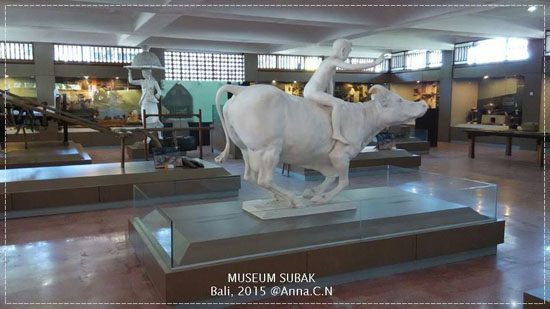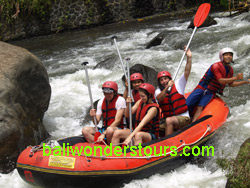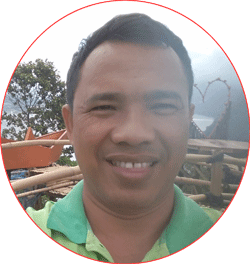Museum Subak - Bali Agriculture
Paying a call on the Subak Museum, at least you will discover
the information on how Bali farmers cultivate their land. By and
large, there are four points to visit there. Firstly, miniature
of subak (traditional irrigation cooperative) reflects the life
of subak in Bali. It is portrayed there from the time of looking
for the wellspring, coagulating the mud, channeling the water
through a dam, tunnel and later it comes to an end when the water
flows to the rice field.

Secondly, the audio visual in the form of film describes the
process of handling the agricultural land. Activities are started
from the meeting of subak members, arranging the legislation,
cultivating the land (at home and outside) up to expressing gratitude
by organizing several kinds of rituals. Thirdly, you can watch
various tools commonly used by farmers in cultivating their land.
Fourthly, look around the traditional house compound applying
the astha kosala-kosali geomancy, an arrangement on the layout
of Balinese houses.
This Subak Museum is located in Tabanan
Regency, precisely on Jalan Kediri—Tabanan or 20 km
west of Denpasar
city. It is within close range of Alas Kedaton monkey forest and
magnificent Tanah Lot Temple. Office hours of this museum are
from 08.00 to 17.00 except for holidays. Every visitor will be
charged entrance fee amounting to IDR 5,000 for adult and IDR
3,000 for children.
According to I Gusti Ngurah Putu Widiantara, Head of the Subak
Museum, there are 250 books concerning with the subak in the collection
of the museum. They mostly describe about a variety of rituals
held at rice field, method of planting rice and auspicious days
to start activities including their abstinences. There are also
books carrying the monograph on the subak abian (subak of non-irrigated
field), subak basah (irrigated rice field) and Balinese customary
legislation. The existing books are usually read by civil servants,
researchers, pupils or students who are completing their assignments
pertaining to subak.
Explained, its library is also equipped with 204 books carrying
about the regulations of non-irrigated field subak from all over
regencies
in Bali. They comprise that exist in Denpasar(39 copies), Karangasem
(18), Bangli
(21), Tabanan (41), Jembrana
(32), Buleleng
(22), Klungkung
(20), Badung
(26) and Gianyar
(41).
Among the many books on display, there is one entitled The
Birucate Subak: The Social Organization of a Balinese Irrigation
Community written by an Indian, Jha Nitish. This book gives an
account of the uniqueness of social life of Balinese community
along with its water distribution system that at all times accompanied
with rituals both in starting and ending their works.














